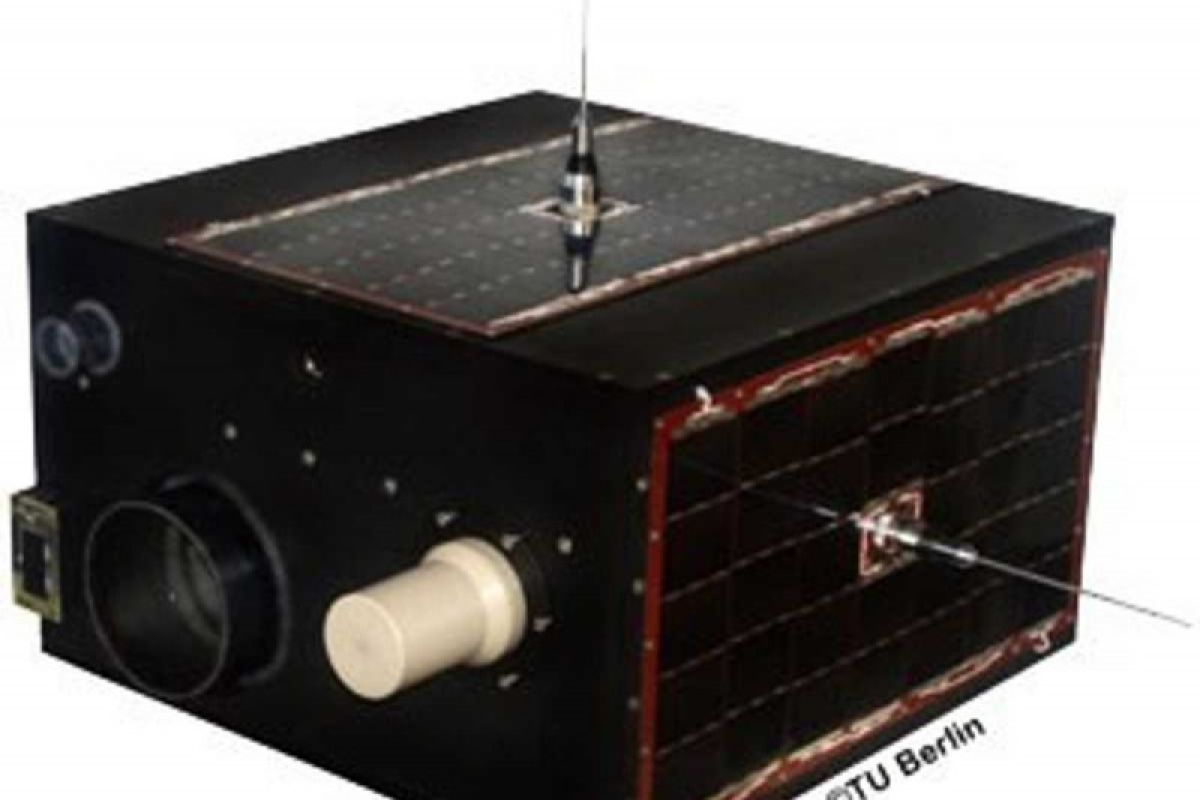"At present, the LAPAN-Tubsat/LAPAN A1 satellite remains functional, albeit at a limited capacity owing to its age," the organisation's acting head, Erna Sri Adiningsih, told ANTARA in Jakarta on Wednesday.
Despite its age-limited functionality, the LAPAN-Tubsat/LAPAN A1, among the first generation of the LAPAN satellite family, is still able to receive and transmit signals from and to land stations, she pointed out.
The satellite's bus system and low-resolution camera are also operating after the 15th launch anniversary on Monday (Jan 10, 2022), the acting head stated.
The satellite is currently utilised by the Satellite Technology Centre scientists for Low Earth Orbit satellite control and component research and experiment, Andriningsih noted.
The LAPAN-Tubsat/LAPAN A1 satellite was launched by the PSLV C-07 rocket from Sriharikota, India. Despite the satellite expected to be active for only two to three years, it has completed over 81 thousand orbits on its 15th year of operation.
Related news: BRIN to research multistage rockets for sonda tech mastery
The LAPAN-Tubsat/LAPAN A1 satellite was developed based on the DLR-TUBsat model by the National Aviation and Space Agency (LAPAN) and the Technical University of Berlin.
The satellite is equipped with a high-resolution camera, with a nadir resolution of five metres, and nadir swath of 3.5 kilometres (km) from an altitude of 630 km and one low-resolution camera, with a nadir resolution of 200 metres and a nadir swath of 81 km.
The microsatellite, with dimensions of 45x45x27 centimetres and total weight of 57 kilograms, has been used to monitor land conditions, such as forest fires, volcanic activities, and floods; relay communications within the Indonesian territory; and serve as a mobile communication device.
Related news: BRIN eyes launching Lapan A-4 satellite in 2022
Translator: Martha HS, Nabil Ihsan
Editor: Rahmad Nasution
Copyright © ANTARA 2022












